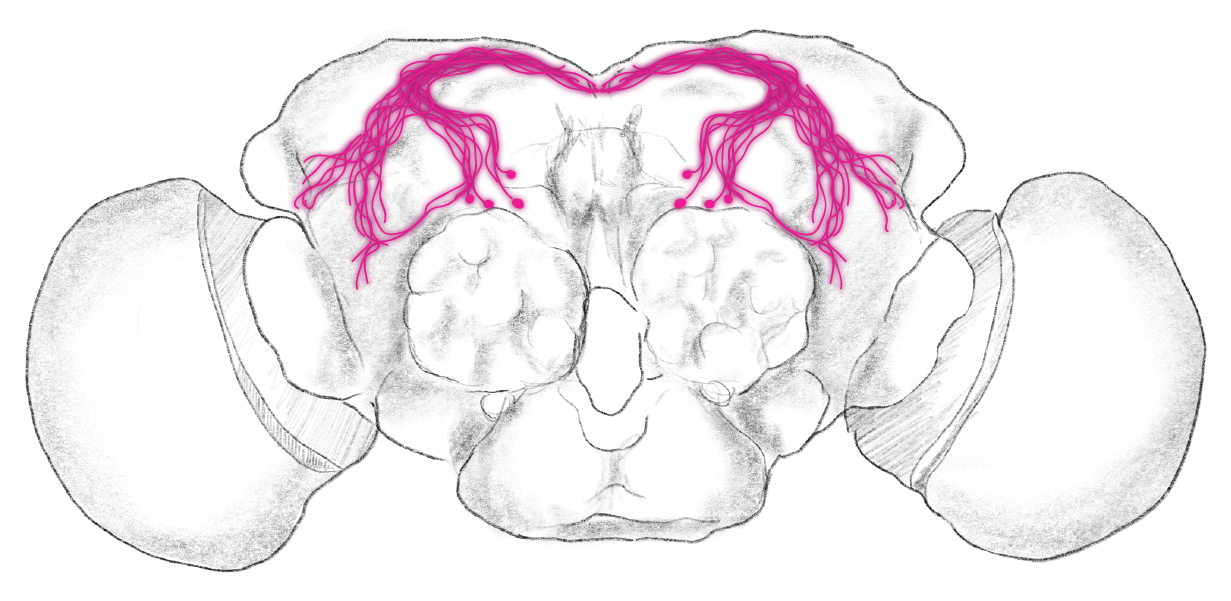how do neural circuits interact to coordinate distinct behaviors?
nervous systems can produce a wide variety of complex behaviors, such as running, feeding, and singing. yet, not all behaviors can be effectively performed simultaneously (“don’t text and drive!”). how do neural circuits interact to generate multiple behaviors at the same time? what aspects of neural activity limit the expression of different behaviors? and, what can these constraints teach us about nervous system function? to address these questions, we strive to accomplish the following:
understand the computations implemented by brain-wide networks,
uncover how neural circuits interact, at different scales, to generate behaviors, and
investigate the natural limits of nervous system function.
we aim to achieve these goals by studying the small brain of the fruit fly, D. melanogaster, using recent advances in neurogenetics, high-resolution behavioral analysis, modeling, and neural imaging to reveal general principles of dynamic brain function.
importantly, our research provides a practice-space to challenge, and replace, value systems that toxify academia. we center intentionality, humility, and imagination as guiding values in how we work. these values move us away from product-oriented thinking towards a way of science-ing that prioritizes equity, health, safety, and creativity.
our lab opened on the 16th of september in 2022 and is part of the university of washington— seattle, department of psychology

